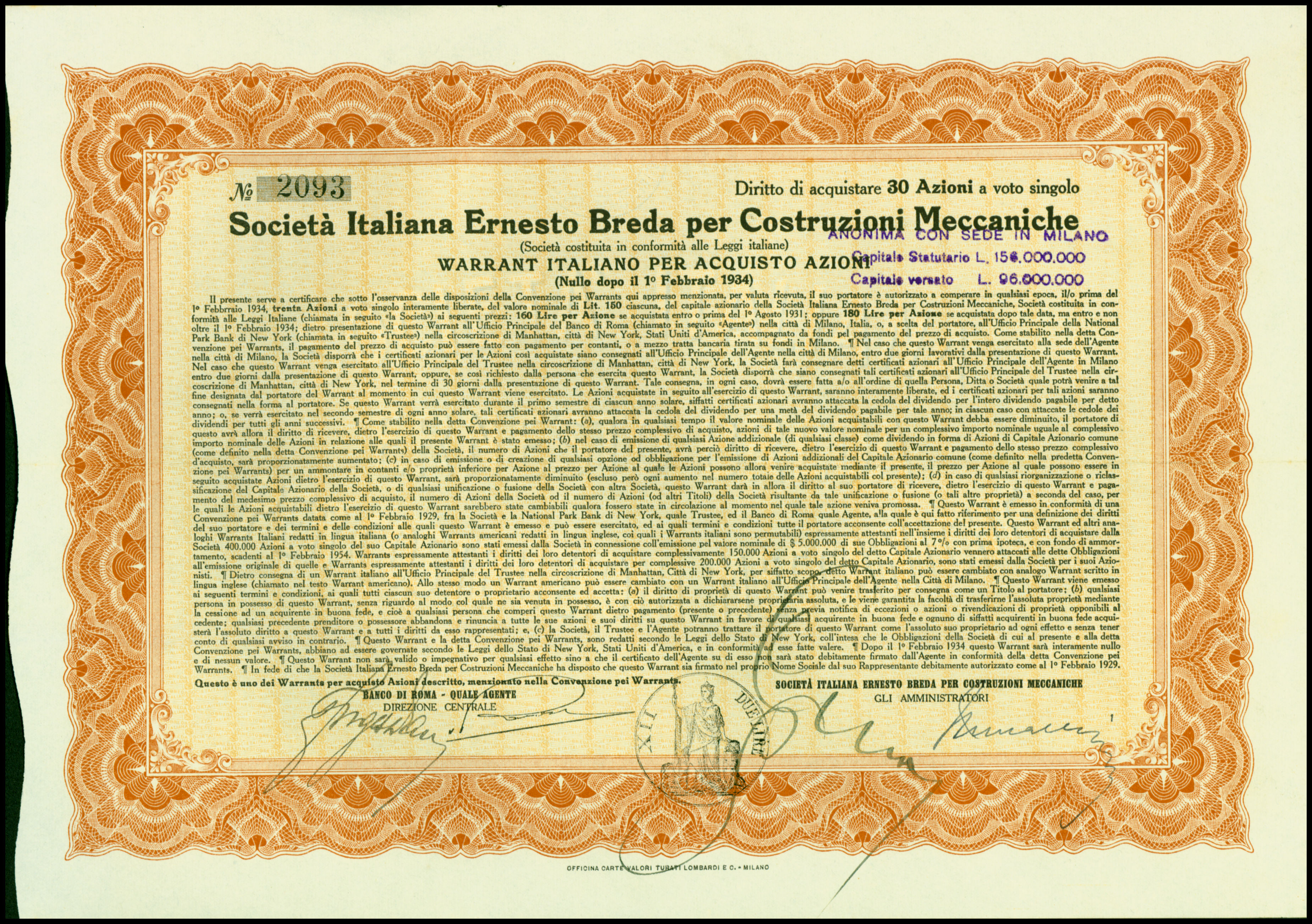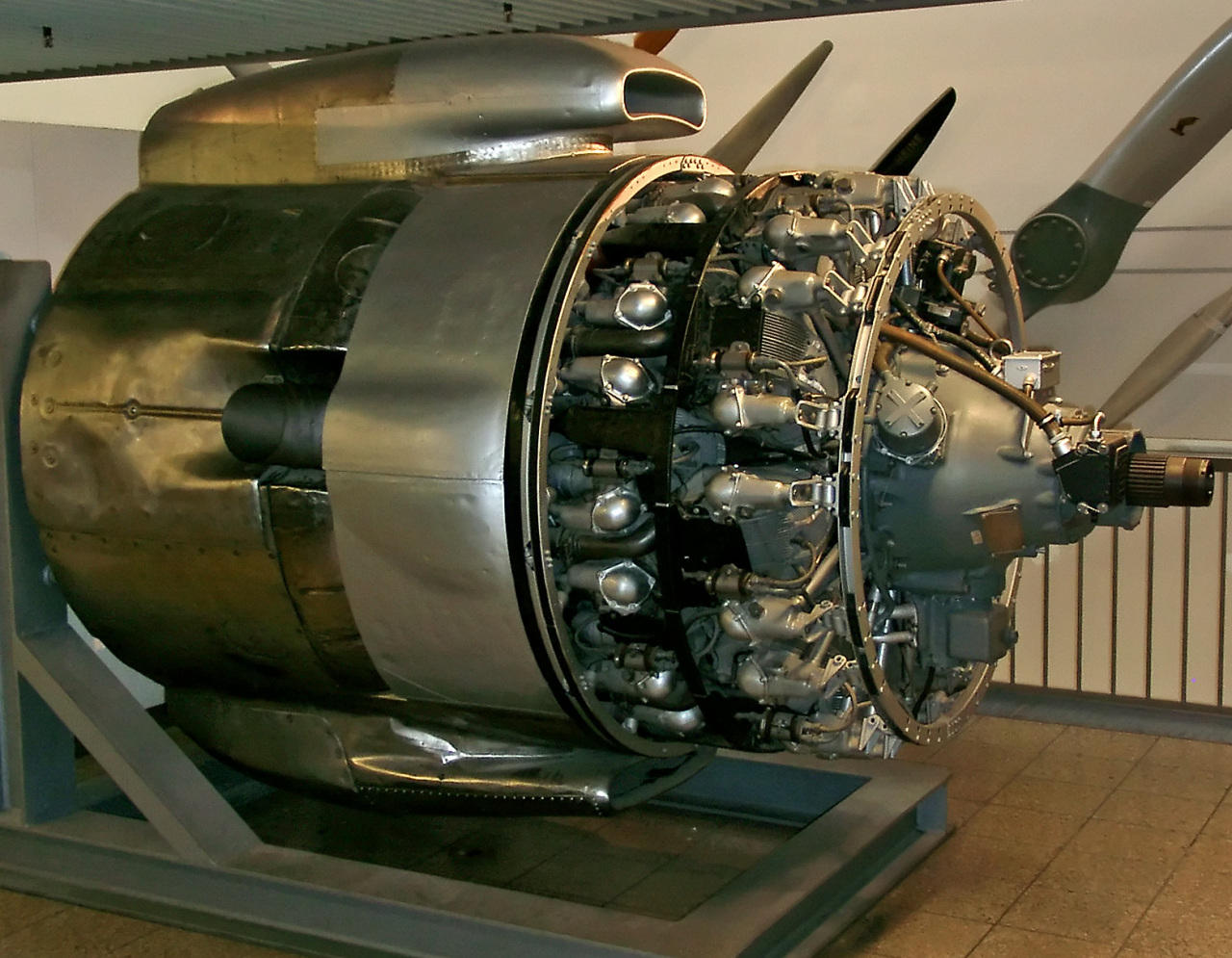|
FS Class 410
FS Class 410 were 0-8-0 steam locomotives which the Italian State Railways (FS) acquired from Rete Sicula (the Sicilian Network) on nationalization in 1906. History The class was designed by the Sicula Network Research Office led by engineer Guglielmo Cappa as part of a renewal and unification programme to replace obsolete rolling stock inherited from the previous management. It was designated as a group F, according to the custom that was then to define with letters the group of locomotives according to their function, and numbered from 301 to 325. When they passed to FS, they were registered as Class 420. They had some technical differences from other FS 0-8-0 locomotives, notably the use of Walschaerts valve gear instead of Stephenson. They were built in three batches and there were some detail differences between batches. The first unit was ordered from Breda in Milan and delivered in 1892 and a further 21 units came from Ansaldo's Sampierdarena factory between 1893 ... [...More Info...] [...Related Items...] OR: [Wikipedia] [Google] [Baidu] |
Società Italiana Ernesto Breda
Società Italiana Ernesto Breda (), more usually referred to simply as Breda, was an Italian mechanical manufacturing company founded by Ernesto Breda in Milan in 1886. History The firm was founded by Ernesto Breda in Milan in 1886. It originally manufactured locomotives and other railway machinery, but later branched out into armaments and aircraft. Occasionally, not continuously, the company also built trolleybuses. In 1935, it acquired the railway division of Officine Ferroviarie Meridionali and, soon afterwards, the aircraft division of the same company. Breda-designed machine guns such as the Breda Model 30 and Breda Model 37 were standard issue weapons for the Royal Italian Army during the Second Italo-Abyssinian War, the Italian Invasion of Albania and World War 2. At the peak of its wartime production, the company had 26,000 employees. By 1954, its workforce had been reduced to around 8,000. In 1962, Breda was nationalised as part of EFIM, but was liquidated in ... [...More Info...] [...Related Items...] OR: [Wikipedia] [Google] [Baidu] |
Sampierdarena
Sampierdarena (also San Pier d'Arena; Ligurian: San Pè d'ænn-a) is a major port and industrial area of Genoa, in northwest Italy. With San Teodoro it forms the West Central (Centro Ovest) ''municipio''. Geography Sampierdarena lies on the coast about west of the centre of Genoa. In 2000 the population was 67,741. History Sampierdarena was an ancient fishing village, named after the church of San Pietro d'Arena ("St. Peter of the Sand"). During the Italian Renaissance it became a residential area, with great palaces being built such as the Palazzo Imperiale Scassi, designed by Domenico and Giovanni Ponzello according to the style of Galeazzo Alessi and for this reason believed in the past to be a work of Alessi himself and the Palazzo Spinola di San Pietro (whose designer is unknown), one of those drawn by the painter Peter Paul Rubens in the book Palazzi di Genova, published in Antwerp in 1622. After the coming of the railways (1854) it became one of the great indust ... [...More Info...] [...Related Items...] OR: [Wikipedia] [Google] [Baidu] |
Railway Locomotives Introduced In 1892
Rail transport (also known as train transport) is a means of transport that transfers passengers and goods on wheeled vehicles running on rails, which are incorporated in tracks. In contrast to road transport, where the vehicles run on a prepared flat surface, rail vehicles (rolling stock) are directionally guided by the tracks on which they run. Tracks usually consist of steel rails, installed on sleepers (ties) set in ballast, on which the rolling stock, usually fitted with metal wheels, moves. Other variations are also possible, such as "slab track", in which the rails are fastened to a concrete foundation resting on a prepared subsurface. Rolling stock in a rail transport system generally encounters lower frictional resistance than rubber-tyred road vehicles, so passenger and freight cars (carriages and wagons) can be coupled into longer trains. The operation is carried out by a railway company, providing transport between train stations or freight customer facili ... [...More Info...] [...Related Items...] OR: [Wikipedia] [Google] [Baidu] |
Footnotes
A note is a string of text placed at the bottom of a page in a book or document or at the end of a chapter, volume, or the whole text. The note can provide an author's comments on the main text or citations of a reference work in support of the text. Footnotes are notes at the foot of the page while endnotes are collected under a separate heading at the end of a chapter, volume, or entire work. Unlike footnotes, endnotes have the advantage of not affecting the layout of the main text, but may cause inconvenience to readers who have to move back and forth between the main text and the endnotes. In some editions of the Bible, notes are placed in a narrow column in the middle of each page between two columns of biblical text. Numbering and symbols In English, a footnote or endnote is normally flagged by a superscripted number immediately following that portion of the text the note references, each such footnote being numbered sequentially. Occasionally, a number between brack ... [...More Info...] [...Related Items...] OR: [Wikipedia] [Google] [Baidu] |
Slide Valve
The slide valve is a rectilinear valve used to control the admission of steam into and emission of exhaust from the cylinder of a steam engine. Use In the 19th century, most steam locomotives used slide valves to control the flow of steam into and out of the cylinders. In the 20th century, slide valves were gradually superseded by piston valves, particularly in engines using superheated steam. There were two reasons for this: * With piston valves, the steam passages can be made shorter. This reduces resistance to the flow of steam and improves efficiency. * It is difficult to lubricate slide valves adequately in the presence of superheated steam. Murdoch's D slide valve The D slide valve, or more specifically Long D slide valve, is a form of slide valve, invented by William Murdoch and patented in 1799. It is named after the hollow central D-sectioned piston. This valve worked by "connecting the upper and lower valves so as to be worked by one rod or spindle, and in ma ... [...More Info...] [...Related Items...] OR: [Wikipedia] [Google] [Baidu] |
Simple Expansion
A compound engine is an engine that has more than one stage for recovering energy from the same working fluid, with the exhaust from the first stage passing through the second stage, and in some cases then on to another subsequent stage or even stages. Originally invented as a means of making steam engines more efficient, the compounding of engines by use of several stages has also been used on internal combustion engines and continues to have niche markets there. The stages of a compound engine may be either of differing or of similar technologies, for example: * In a turbo-compound engine, the exhaust gas from the cylinders passes through a turbine, the two stages being dissimilar. * In a compound steam locomotive, the steam passes from the high-pressure cylinder or cylinders to the low-pressure cylinder or cylinders, the two stages being similar. * In a triple-expansion steam engine, the steam passes through three successive cylinders of increasing size and decreasing press ... [...More Info...] [...Related Items...] OR: [Wikipedia] [Google] [Baidu] |
Saturated Steam
Steam is a substance containing water in the gas phase, and sometimes also an aerosol of liquid water droplets, or air. This may occur due to evaporation or due to boiling, where heat is applied until water reaches the enthalpy of vaporization. Steam that is saturated or superheated is invisible; however, "steam" often refers to wet steam, the visible mist or aerosol of water droplets formed as water vapor condenses. Water increases in volume by 1,700 times at standard temperature and pressure; this change in volume can be converted into mechanical work by steam engines such as reciprocating piston type engines and steam turbines, which are a sub-group of steam engines. Piston type steam engines played a central role in the Industrial Revolution and modern steam turbines are used to generate more than 80% of the world's electricity. If liquid water comes in contact with a very hot surface or depressurizes quickly below its vapor pressure, it can create a steam explosion. T ... [...More Info...] [...Related Items...] OR: [Wikipedia] [Google] [Baidu] |
Sicily
(man) it, Siciliana (woman) , population_note = , population_blank1_title = , population_blank1 = , demographics_type1 = Ethnicity , demographics1_footnotes = , demographics1_title1 = Sicilian , demographics1_info1 = 98% , demographics1_title2 = , demographics1_info2 = , demographics1_title3 = , demographics1_info3 = , timezone1 = CET , utc_offset1 = +1 , timezone1_DST = CEST , utc_offset1_DST = +2 , postal_code_type = , postal_code = , area_code_type = ISO 3166 code , area_code = IT-82 , blank_name_sec1 = GDP (nominal) , blank_info_sec1 = €89.2 billion (2018) , blank1_name_sec1 = GDP per capita , blank1_info_sec1 ... [...More Info...] [...Related Items...] OR: [Wikipedia] [Google] [Baidu] |
Milan
Milan ( , , Lombard: ; it, Milano ) is a city in northern Italy, capital of Lombardy, and the second-most populous city proper in Italy after Rome. The city proper has a population of about 1.4 million, while its metropolitan city has 3.26 million inhabitants. Its continuously built-up urban area (whose outer suburbs extend well beyond the boundaries of the administrative metropolitan city and even stretch into the nearby country of Switzerland) is the fourth largest in the EU with 5.27 million inhabitants. According to national sources, the population within the wider Milan metropolitan area (also known as Greater Milan), is estimated between 8.2 million and 12.5 million making it by far the largest metropolitan area in Italy and one of the largest in the EU.* * * * Milan is considered a leading alpha global city, with strengths in the fields of art, chemicals, commerce, design, education, entertainment, fashion, finance, healthcar ... [...More Info...] [...Related Items...] OR: [Wikipedia] [Google] [Baidu] |
Officine Meccaniche
Officine Meccaniche or OM was an Italian car and truck manufacturing company. It was founded in 1899 in Milan as Società Anonima Officine Meccaniche to manufacture railway rolling stock and car production began in 1918. It disappeared as such in 1975, subsumed into Iveco, but still exists as a forklift builder. Origins The inception of the company resulted from the merger of two companies, Grondona Comi & C and Miani Silvestri & C in 1899. Originally, OM manufactured railway stock. Car production started in 1918, using the plant of the former Brixia-Zust (Brixia-Züst), just after OM took over Zust car company of Brescia, Northern Italy. The first OM car, Tipo S305, primarily an old Zust model, appeared in 1918 with a four-cylinder side-valve in-line engine. The OM cars era Further models were Tipo 465 (with a four) in 1919, Tipo 467 () and Tipo 469 () in 1921. 1923 saw an all new model, Tipo 665 'Superba' with a six-cylinder engine. This model was extremely success ... [...More Info...] [...Related Items...] OR: [Wikipedia] [Google] [Baidu] |


.jpg)



